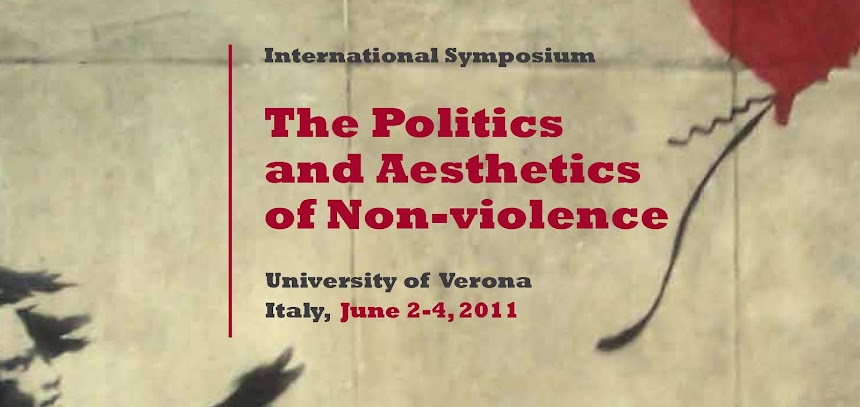Globalization has dispersed along several different lines of action and counteraction the once stable notions of war and enemy. Yet globalization has also changed the way in which victims are hit, killed, figuratively and symbolically produced. In other words, both active and passive ways of dealing with violence today have dramatically changed, especially in their relationship with politics. One of the most striking aspects of the global era is that the instrumental function attributed by politics to violence has ceased to produce ordering effects. To put it differently, our ways of practicing and enduring/undergoing violence has changed, dramatically, yet it has only slightly affected our ways of thinking about it, and/or thinking against its unavoidability. In the midst of a global scenario that seems to accept violence as the sole destiny for humans, we are convinced that what is urgently needed, at least from scholars that deal with the human and social sciences, is a radical reflection on the relationship between violence and politics from the viewpoint of the possibility, both theoretical and practical, of non-violence.From a theoretical point of view, one of the main problems of non-violent political research is its terminological poverty: there is in fact, in Western thought, no proactive word to define and conceptualize non-violence. Only Gandhi proposed the word satyagraha, and crucially his background was not Western. The conceptual framework of politics is therefore still strongly colonized by the “viewpoint of the duel” and the “ethos of the warrior”. How can we deconstruct this paradigm and uncover or re-invent politics as separated, even alien to violence? If, according to Hobbes, peace is simply the time in which war is suspended, the time devoid of war, (Leviathan, XIII, 8), how can political philosophy and theory imagine peace differently? How can we frame politics in ways that do not need to justify themselves in a negative relationship to violence? How can we, in other words, proactively imagine and theorize non-violence? Finally, how can art – in its diverse expressions -help us in mobilizing new concepts, in broadening the political imagination, in abandoning the apparently legitimate standpoint of realpolitik?
